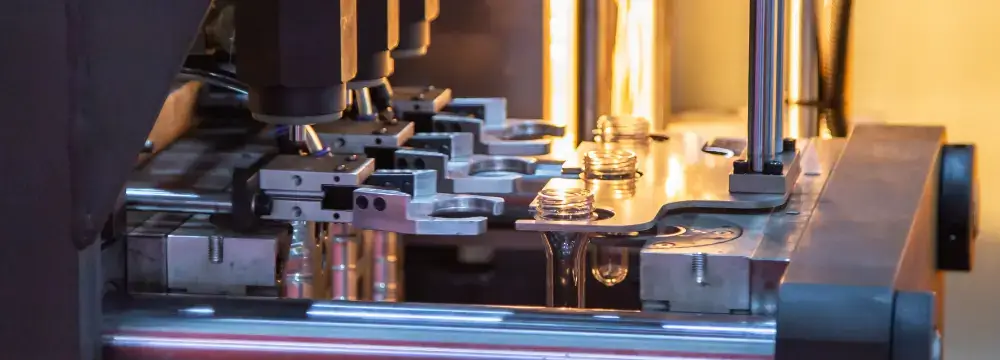Plastic injection molding has become an essential process in manufacturing due to its versatility and ability to produce intricate shapes and sizes. A plastic injection molding manufacturer offers custom plastic injection molding services that cater to the unique needs of clients. Additionally, low-volume injection molding services are available for clients who require smaller quantities of parts. In this article, we will explore the process of plastic injection molding, the types of machines used, the materials used, and the advantages and disadvantages of the process.
Contents
What is Plastic Injection Molding?
Plastic injection molding is a manufacturing process that involves melting plastic pellets and injecting the molten material into a mold. The molten plastic material then cools and hardens, taking the shape of the mold. This process is highly efficient and is widely used in the production of plastic parts for various industries, including automotive, medical, and electronics.
The Injection Molding Process
The injection molding process of the brand like DJmolding involves several steps. First, the plastic pellets are fed into the injection molding machine’s hopper. The pellets are then heated and melted by the machine’s screw, forming a molten plastic material. The molten material is then injected into the mold cavity, which is clamped shut. The mold is then cooled, and the part is ejected from the mold.
Types of Injection Molding Machines
There are different types of injection molding machines available, including hydraulic, electric, and hybrid machines. Hydraulic machines are the oldest and most commonly used machines. Electric machines are becoming more popular due to their energy efficiency, accuracy, and repeatability. Hybrid machines combine the advantages of both hydraulic and electric machines.
Plastic Materials for Injection Molding
A wide range of plastic materials can be used for injection molding, including thermoplastics and thermosets. Some commonly used thermoplastics include polypropylene, polyethylene, polycarbonate, and nylon. Thermosets, such as epoxy and phenolic, are less commonly used in injection molding due to their longer curing time.
Custom Injection Molding
Custom plastic injection molding is the process of creating plastic parts that are tailored to the specific needs of clients. A plastic injection molding manufacturer can create custom parts that meet the client’s design specifications and requirements. This process involves designing the mold, selecting the appropriate plastic material, and optimizing the injection molding process for the specific part.
Low-Volume Injection Molding
Low-volume injection molding is a cost-effective solution for clients who require smaller quantities of parts. This process involves creating a mold that can produce a smaller quantity of parts while still maintaining the same level of precision and quality as high-volume production. Low-volume injection molding is ideal for prototyping, testing, and small-scale production.
Advantages of Plastic Injection Molding
Plastic injection molding offers several advantages over other manufacturing processes. One of the main advantages is the ability to produce complex parts with intricate shapes and sizes. Injection molding also offers high production efficiency, allowing for the mass production of parts in a short amount of time. Additionally, plastic injection molding is a highly customizable process, allowing for the creation of parts that meet specific design requirements.
Disadvantages of Plastic Injection Molding
Despite its advantages, plastic injection molding has some disadvantages. One of the main disadvantages is the high initial cost of tooling and equipment. This can make it difficult for small businesses to enter the market. Additionally, injection molding produces waste material, which can be challenging to recycle and dispose of properly.
Quality Control in Injection Molding
Quality control is essential in injection molding to ensure that the parts produced meet the required specifications and standards. Quality control involves monitoring and controlling the injection molding process, inspecting the finished parts, and making adjustments as necessary.



